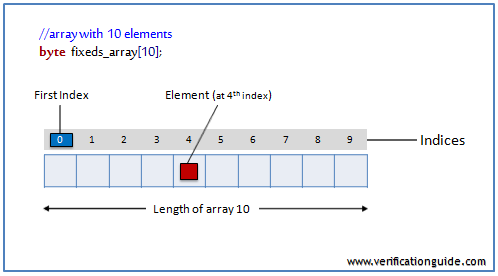The real absolute value function is continuous everywhere It is differentiable everywhere except for x = 0It is monotonically decreasing on the interval (−∞,0 and monotonically increasing on the interval 0,∞)Since a real number and its opposite have the same absolute value, it is an even function, and is hence not invertibleThe real absolute value function is a piecewise linear423 Defined The special operator defined is used in `#if' and `#elif' expressions to test whether a certain name is defined as a macrodefined name and defined (name) are both expressions whose value is 1 if name is defined as a macro at the current point in the program, and 0 otherwise Thus, #if defined MACRO is precisely equivalent to #ifdef MACROThe variable reference $(foo) is expanded, yielding bar, which is considered to be the name of a variableThe variable bar is not expanded, but its value is examined to determine if it is nonempty Note that ifdef only tests whether a variable has a value It does not expand the variable to see if that value is nonempty Consequently, tests using ifdef return true for all definitions except

Systemverilog Fixedsize Array Verification Guide
Verilog check define value
Verilog check define value-Containerized Test Bench Test Containerized test bench cell end of containerized test bench test bench test cell end of containerized test bench test bench testIf a constant's name has a leading backslash (\), it's not possible to detect its existence using the defined() function, or to get its value using the constant() function You can check its existence and get its value using the get_defined_constants() function, or prepend 2 more backslashes (\\) to the constant's name



How To Code A State Machine In Verilog Digilent Blog
Including Header Files #include The #include preprocessor is used to include header files to C programs For example, #include Here, stdioh is a header file The #include preprocessor directive replaces the above line with the contents of stdioh header file That's the reason why you need to use #include before you can use functions like scanf() and printf()Reads the value from a specified digital pin, either HIGH or LOW Syntax digitalRead(pin) Parameters pin the Arduino pin number you want to read Returns HIGH or LOW Example Code Sets pin 13 to the same value as pin 7, declared as an inputWhat happens if none of the conditions are not satisfied, you may need to have else statement at the end as well
#ifdef, #ifndef and



0 件のコメント:
コメントを投稿